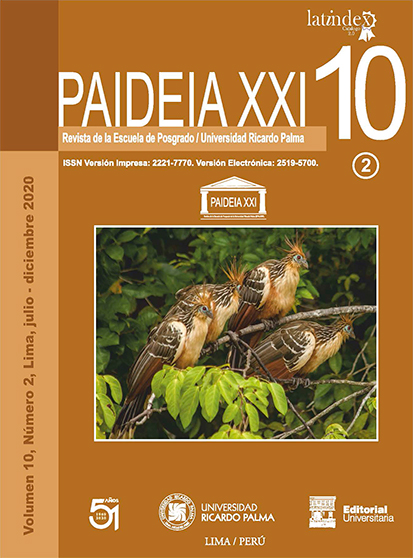CURRENT SITUATION OF MARINE PROTECTED AREAS IN PERU AND CONSERVATION PROPOSALS
DOI:
https://doi.org/10.31381/paideia.v10i2.3446Abstract
The oceans provide us vital resources; however, in their current state are collapsing. Species are going quickly on their way to extinction, and marine habitats are being destroyed. For this reason, Marine Protected Areas (MPA) started as an alternative to avoid the overexploitation of marine resources to get sustainable use. Peru was not exempt from this trend; in 1975, the fi rst Protected Natural Area (NPA) included a coastal marine ecosystem. Subsequently, the situation changed positively with the creation of The National Reserve System of Island, Islets, and Punta Guaneras in 2009 and the National Reserve San Fernando in 2011. However, the pathway for protecting our coastal marine ecosystem is just beginning; it is important to highlight that “unfortunately there are a few areas with studies or restricted access” that do not represent our system of protected natural areas such as the Tropical Pacifi c Sea. It is concluded that although there is a concern for the marine environment, and the level of protection is getting higher, these efforts are not enough if you consider that Peru is among the ten countries with the most megadiversity in the world and the Peruvian sea is one of the richest of the planet.
Keywords: Natural Protected Areas – Marine Protected Areas – Marine Biodiversity – Tropical Pacific Sea












